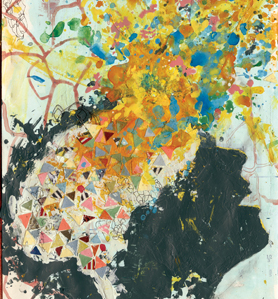Eight Ways to Art-Up Your Next Design
Sunday, March 6th, 2011 Works of art have a unique and powerful cognitive impact. Ideally, we could reverse engineer them, figure out what key features make them tick and then use the key features to artify other objects. Of course people have been trying to figure out what makes a work of art a work-of-art for a long time. Most attempts have come from philosophers, artists or critical theorists. Now neuroscientists are getting into the act. Some of the work could be useful for designers.
Works of art have a unique and powerful cognitive impact. Ideally, we could reverse engineer them, figure out what key features make them tick and then use the key features to artify other objects. Of course people have been trying to figure out what makes a work of art a work-of-art for a long time. Most attempts have come from philosophers, artists or critical theorists. Now neuroscientists are getting into the act. Some of the work could be useful for designers.
Take for example the early work (1999), The Science of Art: A Neurological Theory of the Aesthetic Experience. The authors offer 8 key features that we find pleasing in works of art including the peak shift effect, isolation, grouping, contrast, symmetry, generic viewpoint, perceptual problem solving and art as metaphor. For a quick overview watch the 10-minute video on the 8 Laws of Artistic Experience. After watching the video you will notice that at least 50% of the features work because they engage our brains in the active construction of the perceived object (e.g. grouping, perceptual problem solving, metaphor) in a way that results in reward rather than frustration or boredom.
There are many (and more recent) studies in the burgeoning field of neuroaesthetics. Very interested to hear from readers about other studies especially ones with implications for how to art up the design of other artifacts.